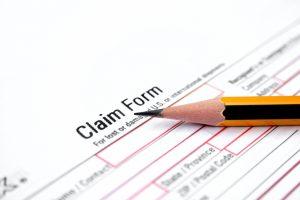- Free Consultation: 916 459 2364 Tap to Call
Joint Debts and Assets

Getting out of debt can seem overwhelming if you have ever been in deep water with debt. There are several options for getting out of debt, each with its own benefits and risks. It is important to understand that not all debt relief solutions are the same. Some debt relief solutions may not be effective for resolving certain debts or may even put you at risk of debt collection.
The bankruptcy process can be a viable option for debt relief in most situations, often with more benefits than risks. An advantage of the process is the immediate halt to collections and foreclosures during the debt resolution phase. However, the bankruptcy process can be complicated for most people, especially if the case involves to jointly owned debts and assets.
Joint Debts and Assets
A jointly owned debt is a debt in which more than one person is listed as the responsible party. These debts are common among married couples, families, and parents with their children. Mortgages are the most common jointly owned debt. Mortgages are rarely the sole responsibility of just one spouse. Other common joint debts include car loans, credit cards, and some lines of credit. Problems can arise when one member of the couple seeks bankruptcy protection.
In the event that one spouse files for divorce in California, jointly held debts may become the sole responsibility of the spouse who did not file. Creditors can legally transfer repayment obligations to non-filing partners if one of the partners files for bankruptcy. In these cases, the non-filing partner may be subject to collections and garnishments by the creditor.
The term “jointly held assets” refers to assets that are legally owned by two or more parties. If one or more of the partners files for bankruptcy, the creditors and bankruptcy court may be able to claim the asset. Assets held jointly by two or more persons may be seized by creditors and the bankruptcy court if one of the partners files for bankruptcy. When an individual files for bankruptcy, the assets of their spouse, family member, friend, and investor could all be at risk. Filing for Chapter 13 may be a better solution to avoid problems with jointly held debt liability or assets.
As a lawyer helping individuals and families find debt relief, I suggest to anyone filing for bankruptcy on their own as a member of a legal partnership to consult with a Modesto bankruptcy lawyer for guidance.











